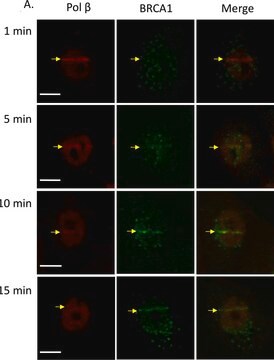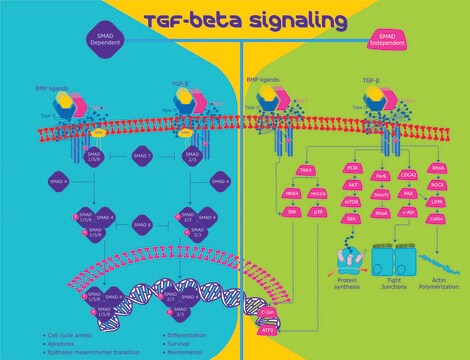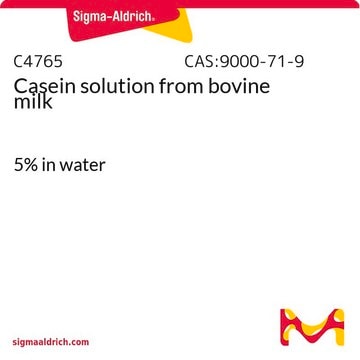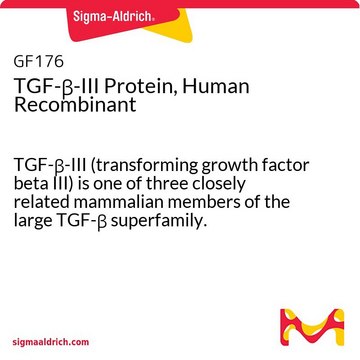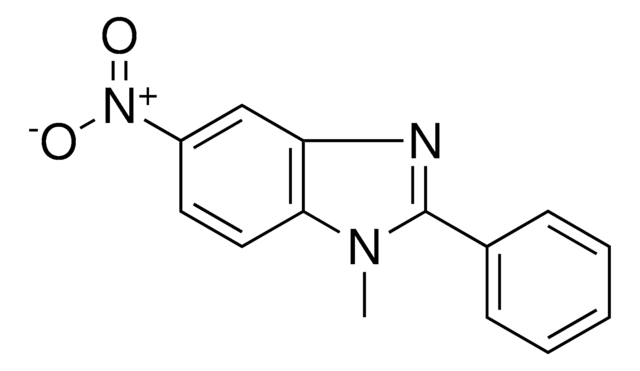14-912-M
TGFBR-1 Protein, active, 10 µg
Active, N-terminal GST-tagged, recombinant, human TGFBR1 amino acids 200–end containing a T204D mutation, expressed by baculovirus in Sf21 insect cells. Purified using glutathione agarose. For use in Kinase Assays.
Synonym(s):
TGF-beta receptor type-1, TGFR-1, Transforming growth factor-beta receptor type I, TGF-beta receptor type I, TbetaR-I, TGF-beta type I receptor, Serine/threonine-protein kinase receptor R4, SKR4, Activin receptor-like kinase 5, ALK-5
About This Item
Recommended Products
biological source
human
Quality Level
recombinant
expressed in baculovirus infected Sf21 cells
mol wt
Mw 62 kDa
manufacturer/tradename
Upstate®
technique(s)
activity assay: suitable (kinase)
NCBI accession no.
UniProt accession no.
Gene Information
human ... TGFBR1(7046)
General description
Application
Inflammation & Immunology
Biochem/physiol Actions
Packaging
Quality
Physical form
Storage and Stability
Rapidly thaw the vial under cold water and immediately place on ice. Aliquot unused material into pre-chilled microcentrifuge tubes and immediately snap-freeze the vials in liquid nitrogen prior to re-storage at -70°C.
Other Notes
Legal Information
Disclaimer
Certificates of Analysis (COA)
Search for Certificates of Analysis (COA) by entering the products Lot/Batch Number. Lot and Batch Numbers can be found on a product’s label following the words ‘Lot’ or ‘Batch’.
Already Own This Product?
Find documentation for the products that you have recently purchased in the Document Library.
Our team of scientists has experience in all areas of research including Life Science, Material Science, Chemical Synthesis, Chromatography, Analytical and many others.
Contact Technical Service